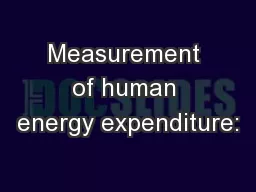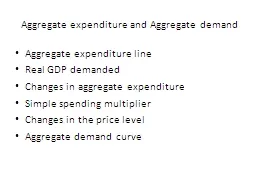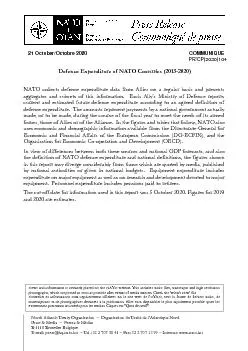PPT-ENERGY EXPENDITURE
Author : sherrill-nordquist | Published Date : 2015-10-17
DURING AMBULATION WITH PROSTHETICS AND IMPACT OF NEW TECHNOLOGY Jeffrey M Cohen MD Clinical Professor of Rehabilitation Medicine NYULangone Medical Center Energy
Presentation Embed Code
Download Presentation
Download Presentation The PPT/PDF document "ENERGY EXPENDITURE" is the property of its rightful owner. Permission is granted to download and print the materials on this website for personal, non-commercial use only, and to display it on your personal computer provided you do not modify the materials and that you retain all copyright notices contained in the materials. By downloading content from our website, you accept the terms of this agreement.
ENERGY EXPENDITURE: Transcript
Download Rules Of Document
"ENERGY EXPENDITURE"The content belongs to its owner. You may download and print it for personal use, without modification, and keep all copyright notices. By downloading, you agree to these terms.
Related Documents













